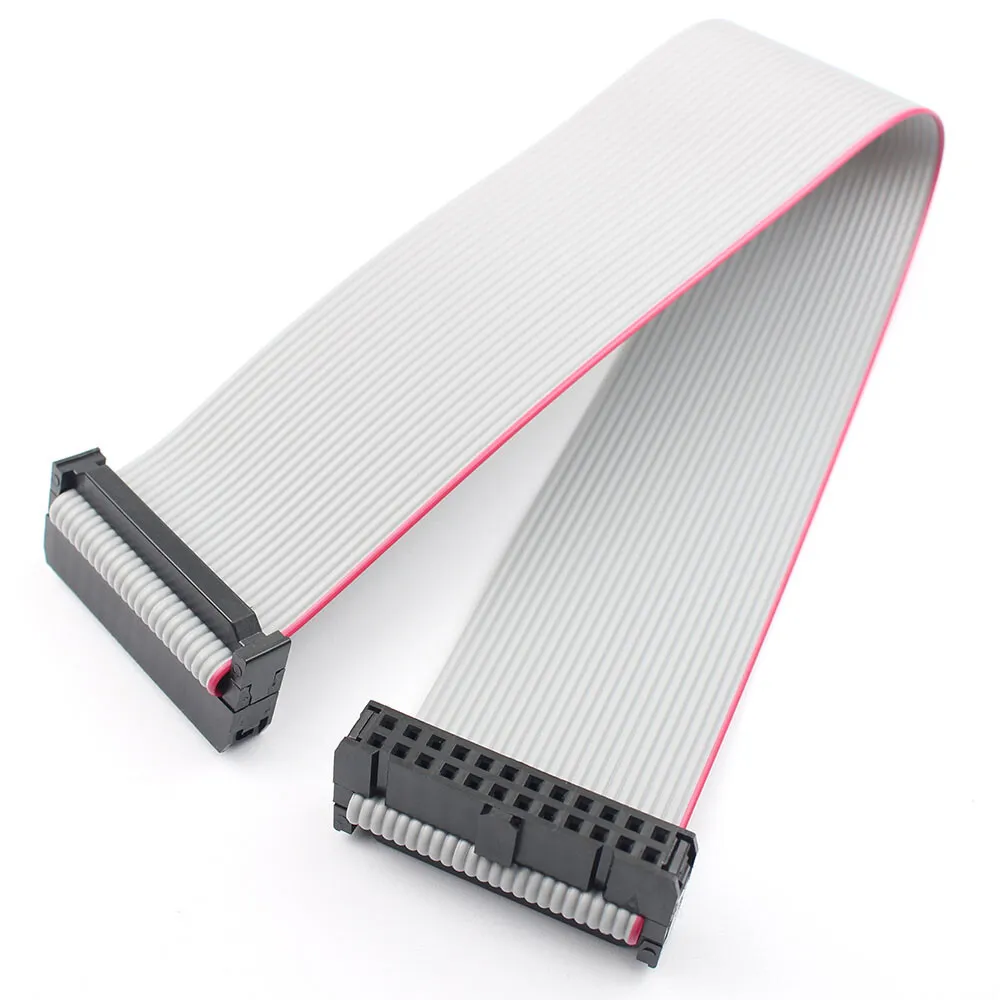Dimitree
Well-known member
- Joined
- Jul 26, 2011
- Messages
- 127
I noticed that usually in medium/big consoles, the fader is not mounted on the same PCB with the rest of the channel circuitry, but is wired using cables.
I guess it's for two reasons:
1) the faders are large and can't be directly mounted on the PCB
2) the panel with the faders usually sits at a different angle than the rest of the controls
The issue then (as far as I've read) is that the wire needs to be short and possibly shielded (probably because the wiper/opamp input connection is at high impedance?)
While building a small home console, I'm going to use cheap PCB mounted slide potentiometers instead of proper faders (like those: link).
So I'm wondering, instead of placing the post fader opamp togheter with the rest of the circuitry (preamp, aux potentiometers, pan, etc), can I just put the post fader opamp as close as possible (or directly under the fader, since I'm using SMD opamps) to the "fader" terminals, on the same PCB of the faders?
and then I don't have to worry about the lenght/kind of wiring between the "main board" and the "fader board" because all the signals are now low impedance.
And of course I will need another connector to provide +V/GND/-V.
Being both the main PCB and the fader PCB horizontal and parallel to the control panel (and not perpendicular like common channel strips) I could group 4 or 8 channels on the same PCB and so just run a single connector from/to the fader PCB instead of using a connector for each fader.
Is that right or I got it completely wrong?
sorry if what I am saying is dumb, I'm still learning!
thank you!

I guess it's for two reasons:
1) the faders are large and can't be directly mounted on the PCB
2) the panel with the faders usually sits at a different angle than the rest of the controls
The issue then (as far as I've read) is that the wire needs to be short and possibly shielded (probably because the wiper/opamp input connection is at high impedance?)
While building a small home console, I'm going to use cheap PCB mounted slide potentiometers instead of proper faders (like those: link).
So I'm wondering, instead of placing the post fader opamp togheter with the rest of the circuitry (preamp, aux potentiometers, pan, etc), can I just put the post fader opamp as close as possible (or directly under the fader, since I'm using SMD opamps) to the "fader" terminals, on the same PCB of the faders?
and then I don't have to worry about the lenght/kind of wiring between the "main board" and the "fader board" because all the signals are now low impedance.
And of course I will need another connector to provide +V/GND/-V.
Being both the main PCB and the fader PCB horizontal and parallel to the control panel (and not perpendicular like common channel strips) I could group 4 or 8 channels on the same PCB and so just run a single connector from/to the fader PCB instead of using a connector for each fader.
Is that right or I got it completely wrong?
sorry if what I am saying is dumb, I'm still learning!
thank you!




